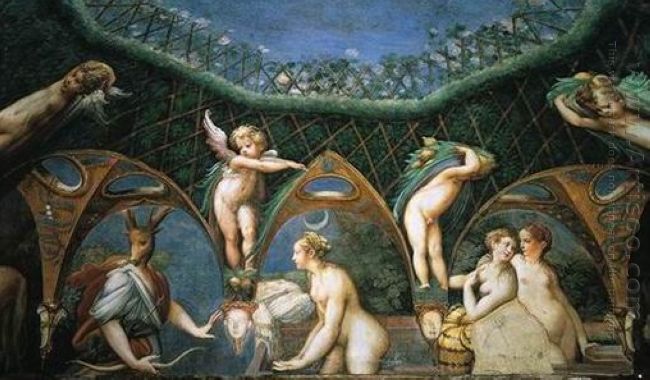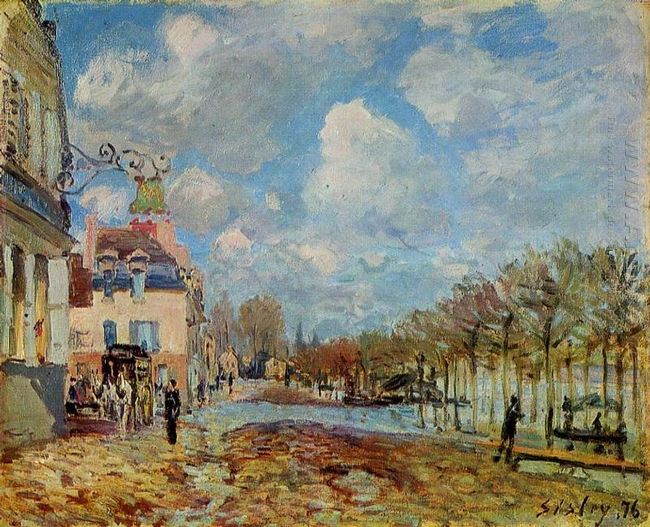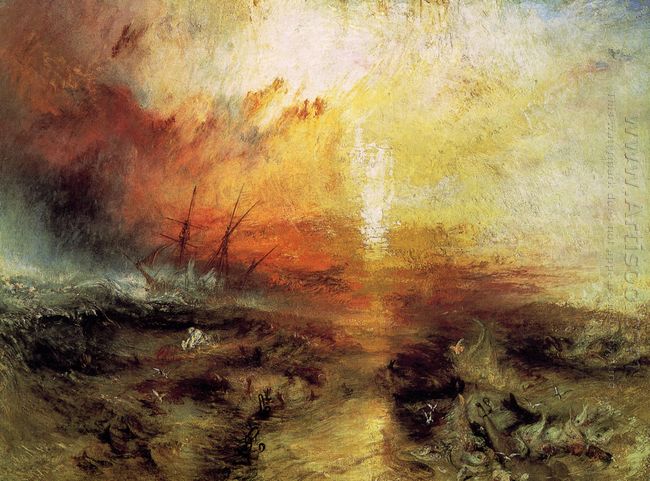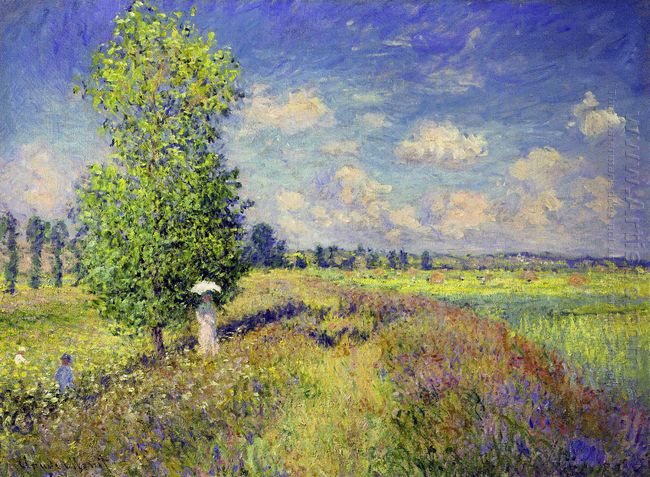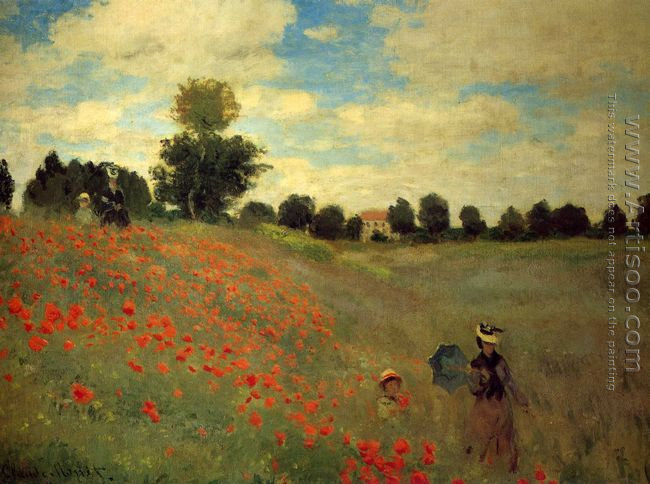Mannerism was an art form in the late 16th century in Italy, which represented the pursuit of formed conservatism after the gradual decline of Renaissance.
The word “Mannerism” derived from the Italian maniera, referring to the artistic style and life attitude with elegant meanings. From 1520s, a group of new artists following Michelangelo and Rafael's elegant style pursued the unique painting style and were later regarded as mannerism genres. From 17th century, this term was negative with ironic meanings. Since the 1920, the western art historians evaluated mannerism again and thought it was a genre appearing between the High Renaissance art and Baroque art. And the evolution style had its social background which exerted an international influence in the Western Europe. The current discussion was in depth with a lot of disputed points, which was one of the key issues of the study of the Renaissance and modern art development.
The characteristics of mannerism were that it was not only against some basic principles of the High Renaissance art, but also different from the later Baroque art. Although it followed such the masters like Michelangelo, it only got the form but lost the spirit. In general, mannerism works focused on the human body description, especially in the nude with weird shapes and exaggerated deformed muscles. And the themes of paintings were mostly obscure and difficult to be understood. The layouts were shown more fantasy structures and random perspective tricks as well as odd composition. But these features were based on the results of Renaissance, therefore mannerism painting was still considered as a new art style and identified through detailed investigation. Because of this, mannerism in some countries was still a new representative of the Renaissance style, with a great difference from the local style about significance. It could be divided into two phases according to the development: the former phase was from 1515 to 1540, which the anti classical features were expressed most strongly; the later phase was from 1540 to 1590. These characteristics also had academic tendencies.

